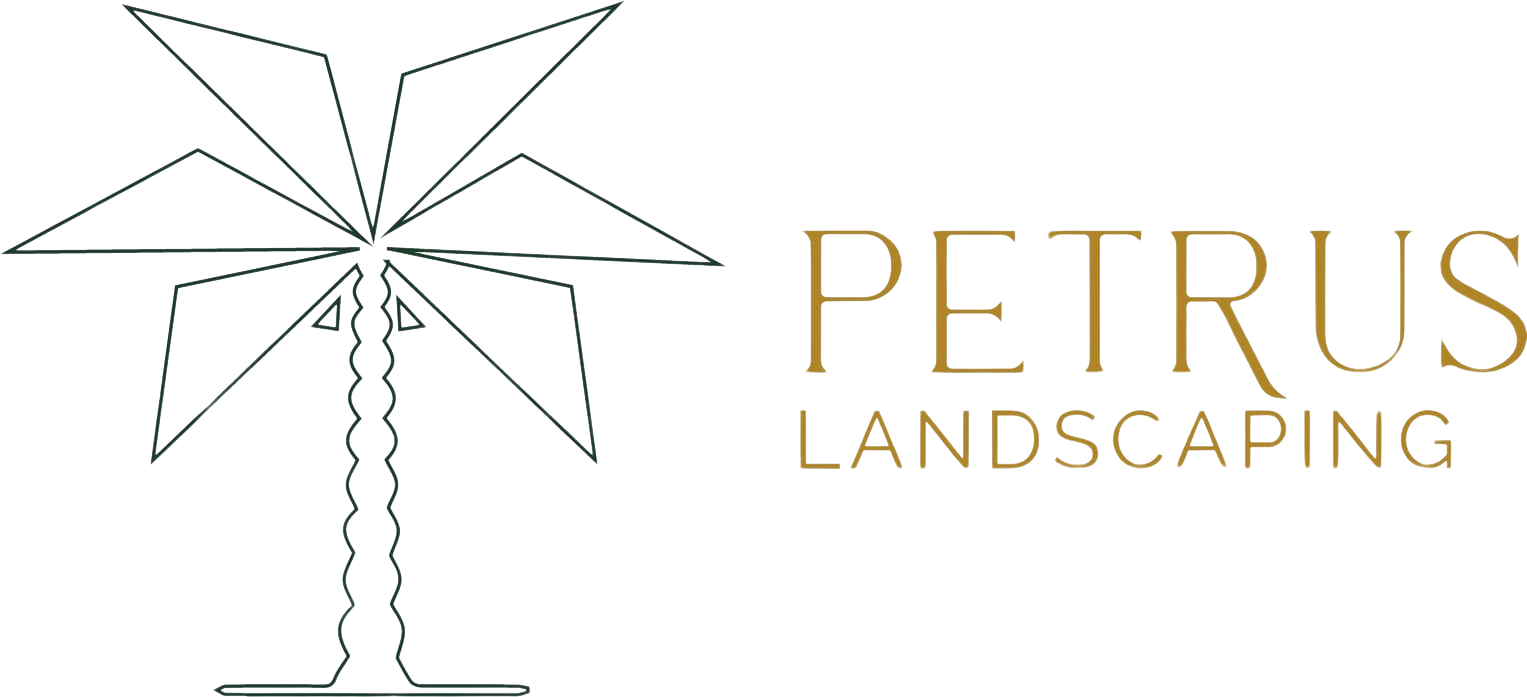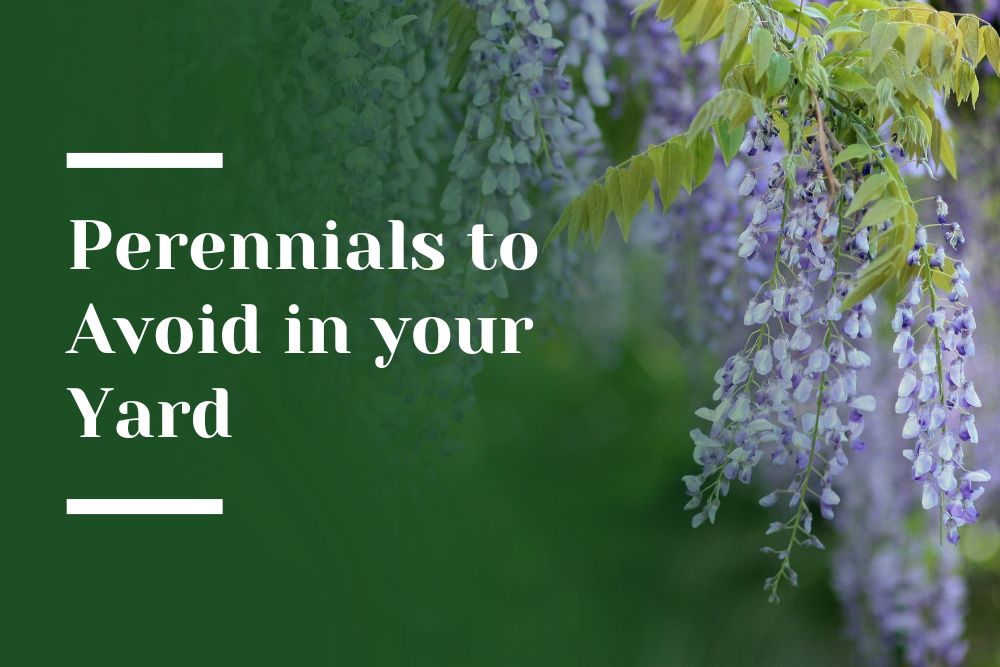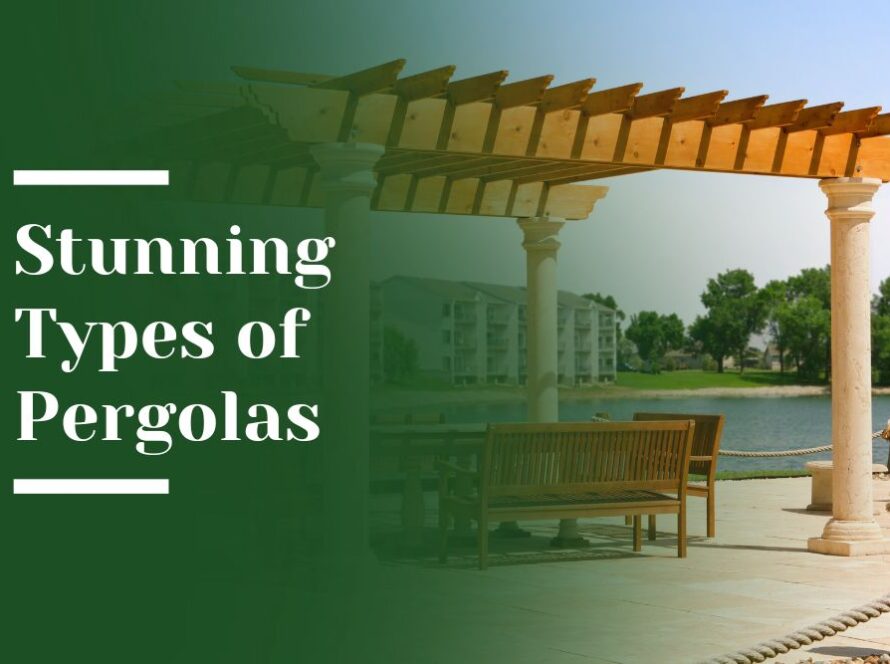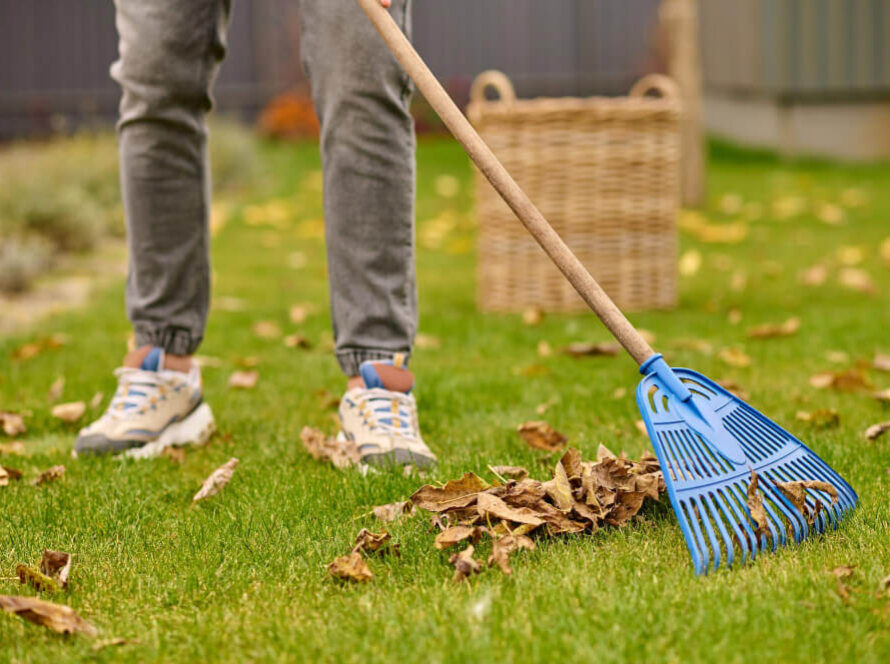Why the Wrong Plants Cost More Than You Think
Choosing the right plants is one of the most important steps in creating a luxury garden. In Atherton, our warm days, cool nights, and clay‑heavy soils can turn a “pretty” perennial into an expensive headache. Some spread too fast. Others drink too much water or look tired half the year. Below, you’ll find ten perennials we never recommend for high‑end estates—plus smarter alternatives that keep your yard elegant, low‑maintenance, and ready for entertaining.
What Makes a Perennial a Bad Fit for Atherton Landscapes?
Aggressive Spreaders: Rhizomes and self-seeding plants take over beds and hardscape.
Poor Drought Performance: High water needs clash with Bay Area conservation goals.
Seasonal Messiness: Many die back in fall or winter, leaving brown patches or exposed soil.
Structural Risks: Some vines and root systems damage fences, stucco, patios, or walls.
Pest/Disease Issues: Plants that harbor pests or fungus threaten your investment.
10 Perennials to Avoid in Atherton Luxury Landscapes (and What to Plant Instead)
1. Wisteria (Wisteria sinensis)
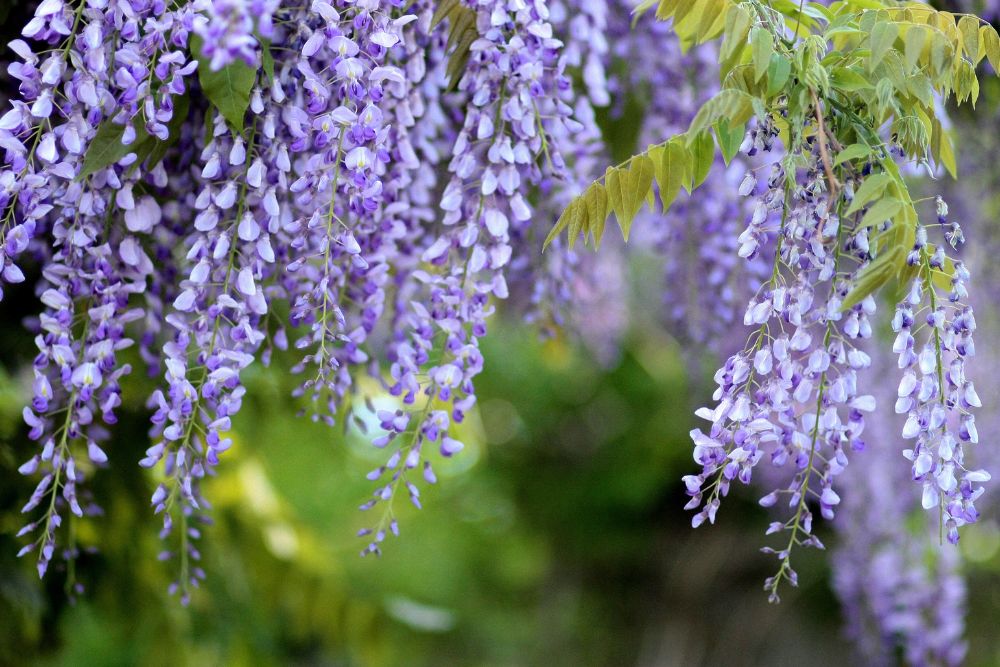
Wisteria is a vigorous vine known for its stunning spring blooms, but it grows aggressively and can damage structures like pergolas and roofs. Its heavy vines and rapid growth require constant pruning to avoid becoming unmanageable. For high-end estates, it’s simply too high-maintenance and risky near buildings.
2. Lily of the Valley (Convallaria majalis)
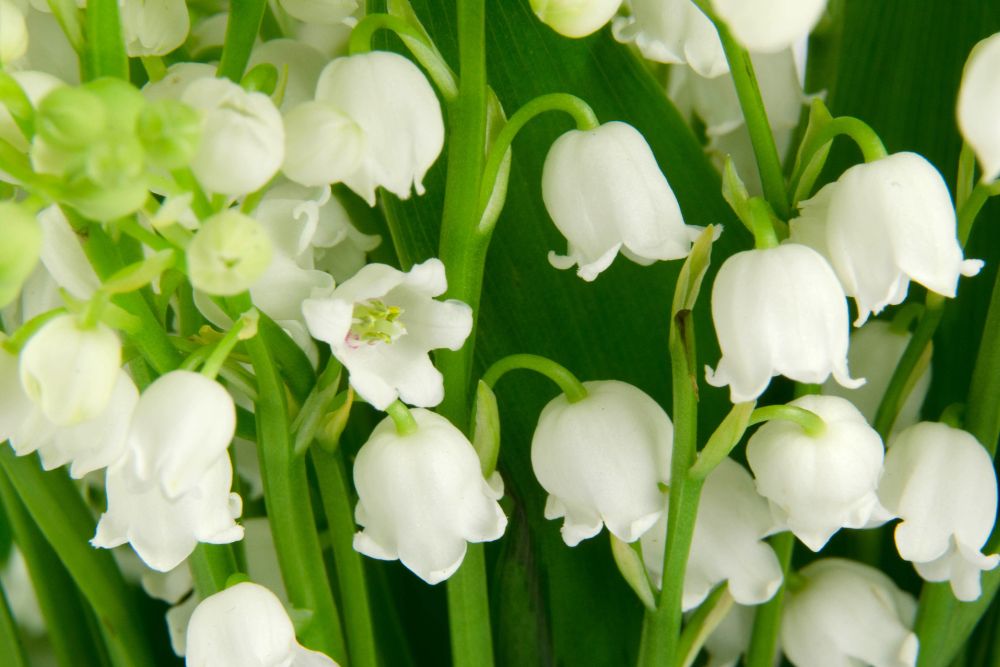
This fragrant flower spreads via underground rhizomes, quickly overtaking garden beds. Once established, it’s extremely difficult to remove and often outcompetes more desirable plants. Its aggressive growth habit doesn’t align with the clean lines of luxury garden design.
3. Pachysandra (Pachysandra terminalis)
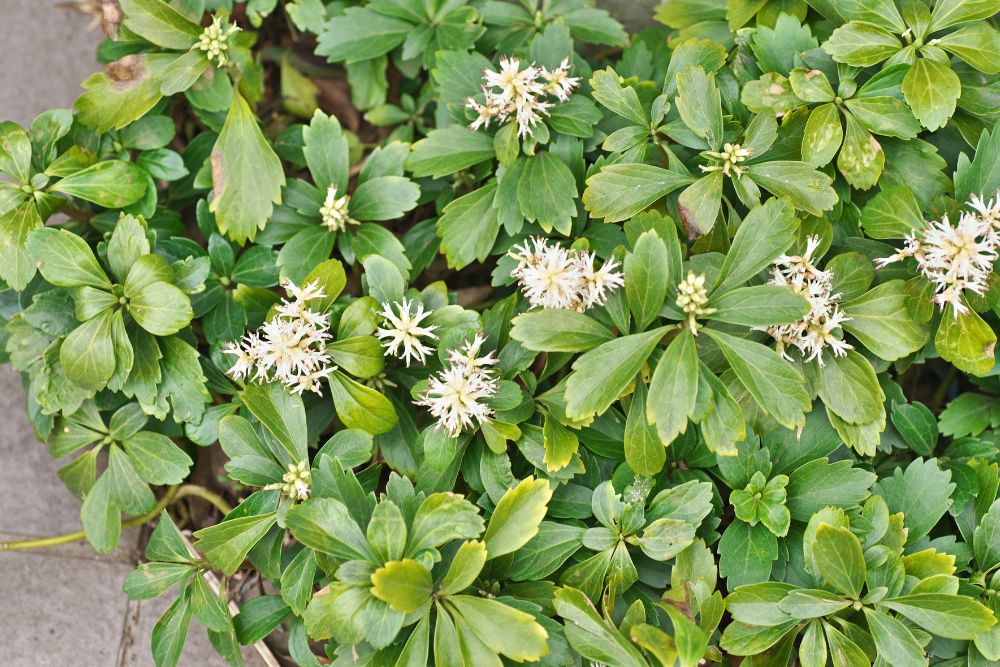
Pachysandra is a groundcover that spreads rapidly and often escapes its planting zone, invading other garden areas. Its dense mats can choke out native species and disrupt the flow of curated garden spaces. It’s too unruly for controlled, high-end estate landscapes.
4. Bittersweet (Solanum dulcamara)
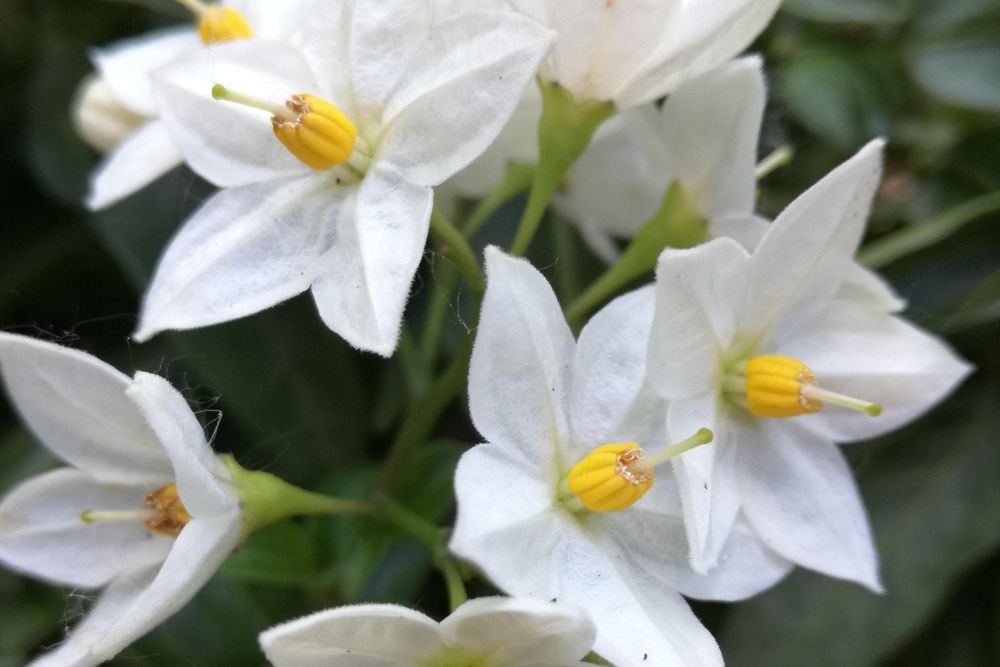
Bittersweet may have attractive berries in the fall, but it’s a fast-growing vine that climbs trees, fences, and anything else nearby. It spreads aggressively through seeds and can become invasive quickly. It’s hard to control and not worth the upkeep for estate landscapes.
5. Running Bamboo (Phyllostachys species)
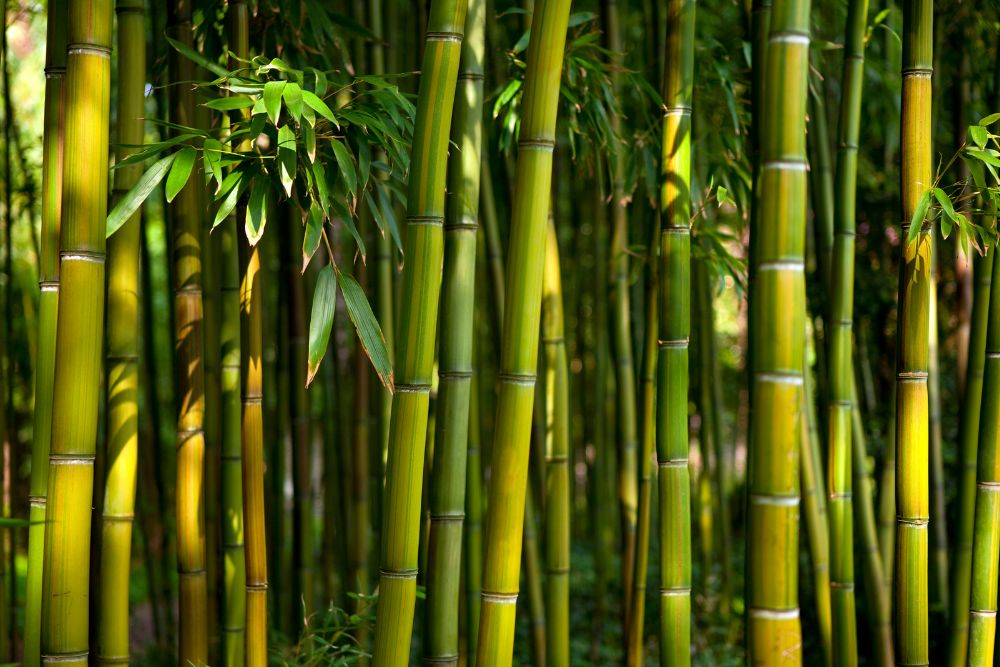
Running bamboo spreads through underground rhizomes that can travel far and damage patios, irrigation, and hardscape. It’s extremely difficult to remove once established, often requiring excavation. This plant is more trouble than it’s worth for luxury homeowners.
6. English Ivy (Hedera helix)
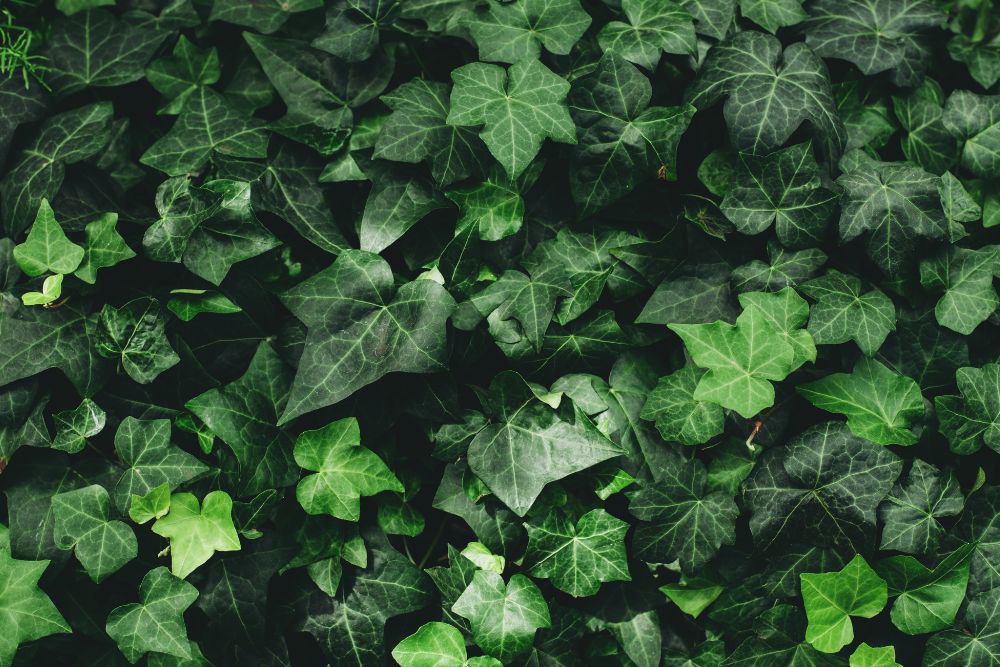
English Ivy climbs and clings to surfaces, trapping moisture and degrading stucco or wood. It can strangle trees, block sunlight, and create rodent habitats. For upscale landscapes, it presents too many structural and ecological issues.
7. Mexican Feather Grass (Nassella tenuissima)

Though soft and airy in appearance, this grass self-seeds aggressively and is considered invasive in California. It spreads into wild areas and contributes to fire risk. It lacks the containment and order required in luxury estate designs.
8. St. John’s Wort (Hypericum perforatum)
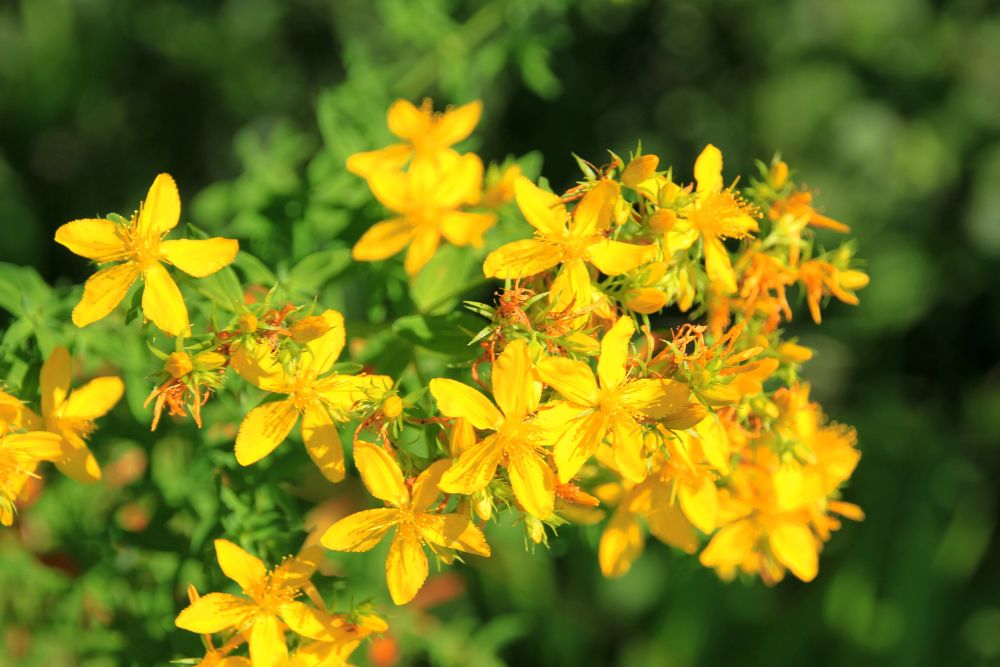
This perennial spreads quickly and can become invasive in garden beds. Its flowers fade quickly, leaving behind a messy appearance for most of the year. Additionally, it’s mildly toxic to pets and wildlife.
9. Oxalis (Bermuda Buttercup)
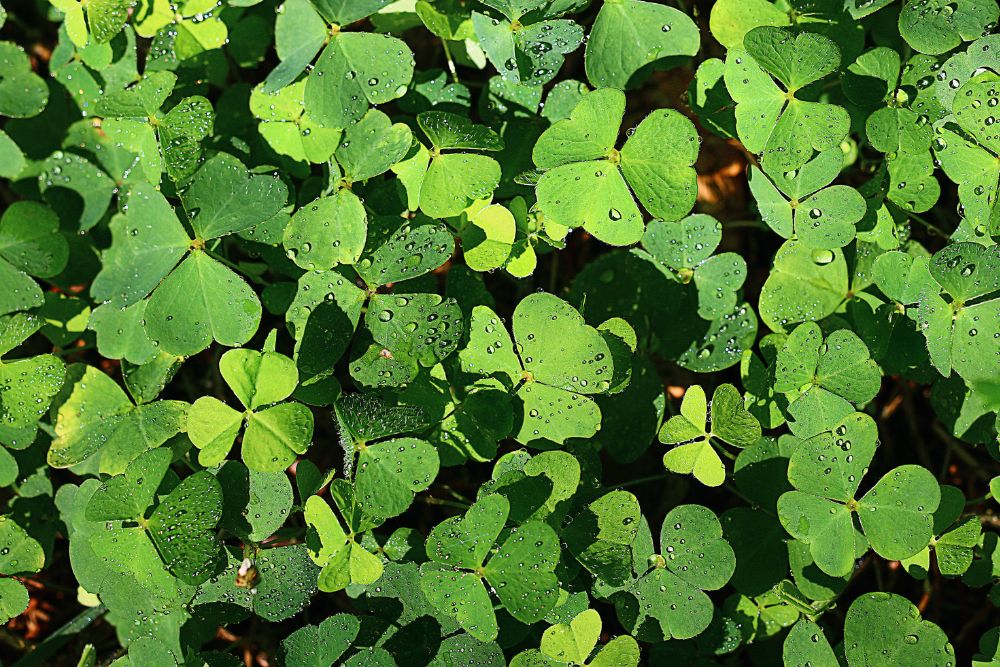
This cheerful-looking groundcover hides an aggressive nature, spreading quickly through tiny bulbs that are hard to remove. Even after pulling, it often returns unless treated chemically. It disrupts the clean aesthetic of curated landscapes.
10. Japanese Knotweed (Fallopia japonica)
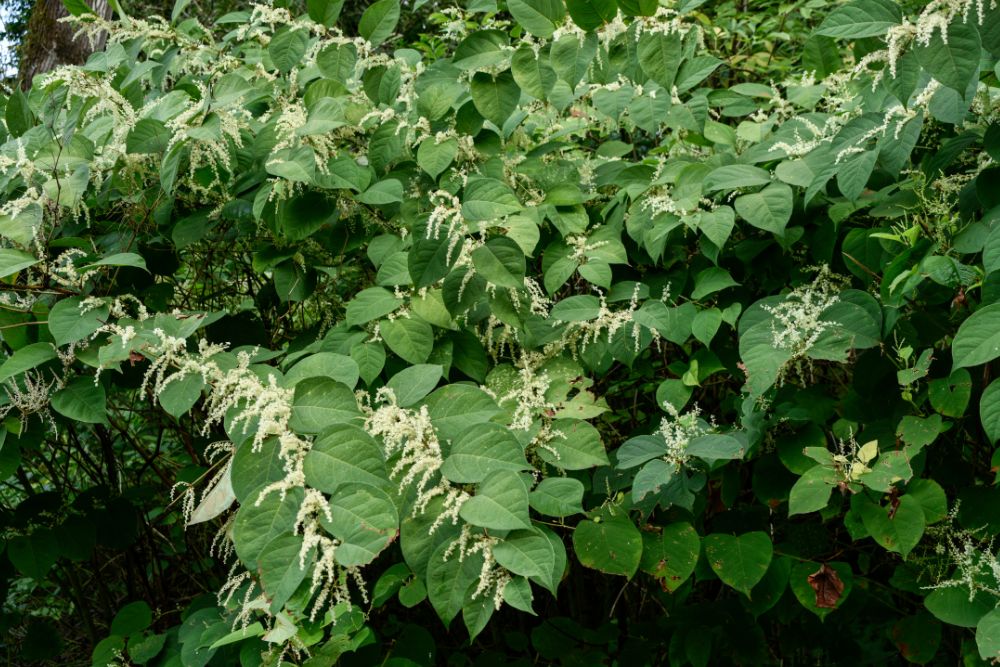
This plant’s roots can grow through concrete, asphalt, and foundations, causing costly structural damage. It’s classified as a noxious weed in many areas due to its destructive growth. Absolutely inappropriate for high-end residential landscapes.
What to Do If These Plants Are Already in Your Yard
Phased Removal: Avoid erosion and shock by removing in stages.
Install Root Barriers: Especially around any runners or aggressive clumps.
Recondition Soil: Add compost and slow-release nutrients to rebuild.
Professional Monitoring: A quarterly visit ensures nothing comes back.
